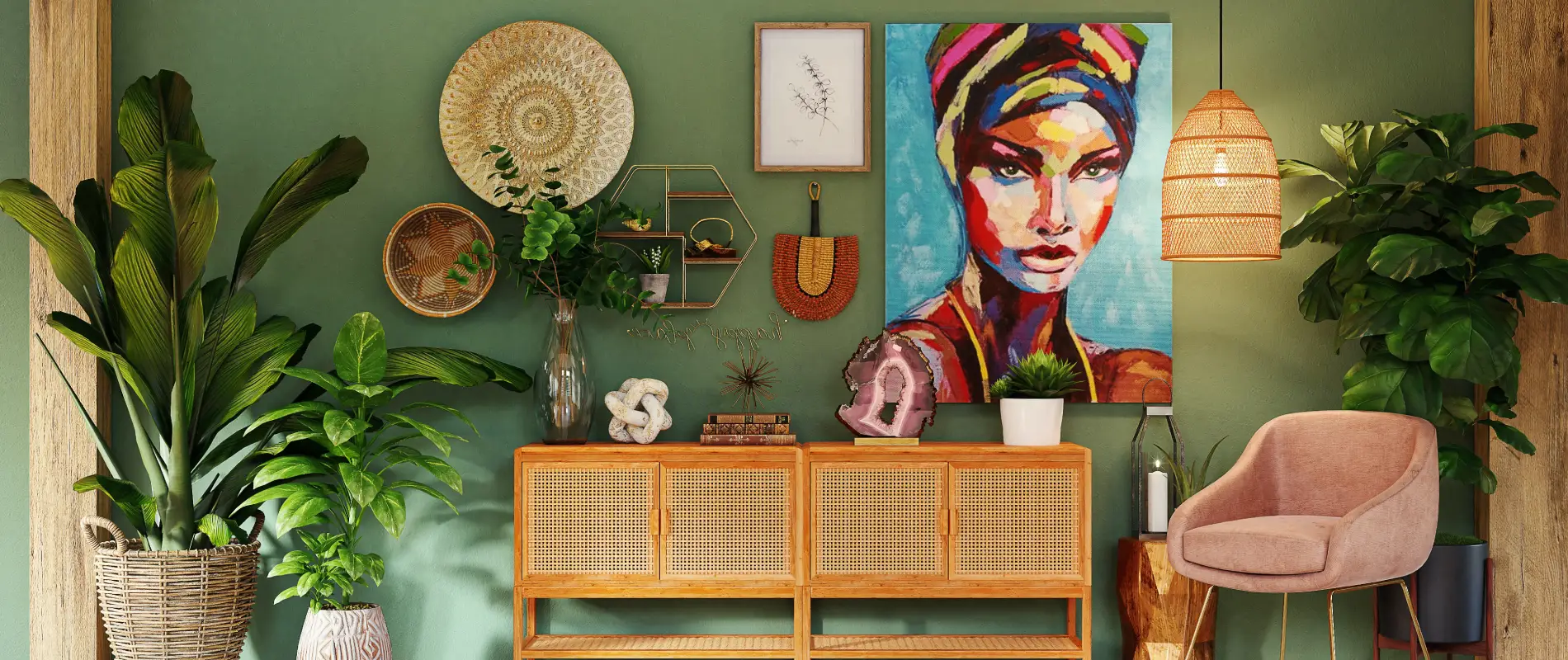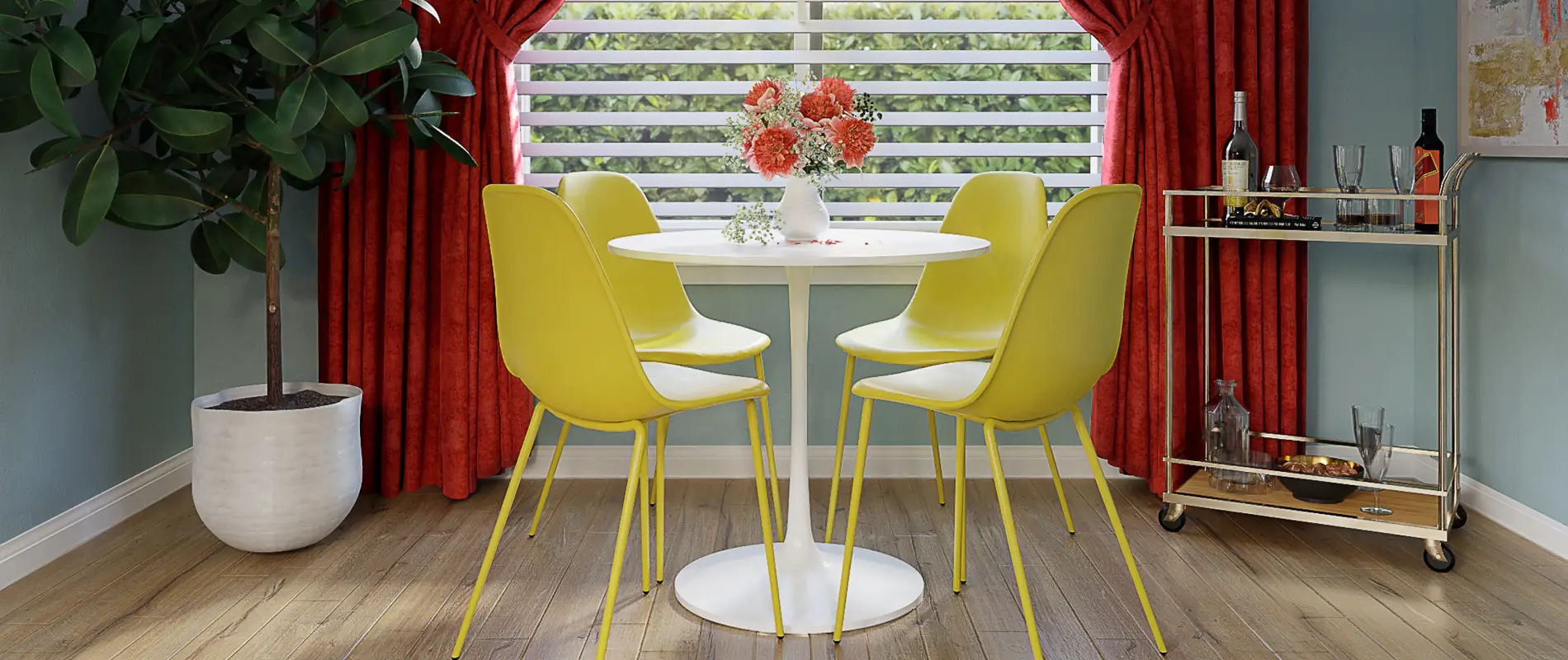Elevate your WordPress site with a striking multi-column layout
Transform your WordPress website‘s visual and textual engagement through a captivating multi-column layout! This design features an attention-grabbing structure that allows your content to shine.
Original design overview
The original design showcases a balanced composition, featuring a bold image on the left and descriptive text blocks on the right. The asymmetrical layout not only draws the eye but also cleverly contrasts the visual and textual elements to keep your audience engaged.
Detailed analysis of the image
Layout analysis
- Overall structure: Discover the power of a multi-column framework that effectively separates your visual content from textual descriptions, enhancing user experience.
- Arrangement of rows and columns: One commanding row with two columns creates a seamless flow-an image captivates on the left, while rich information resides on the right.
- Asymmetrical layout choices: This strategic imbalance fosters a dynamic experience, ensuring your content doesn’t just sit there, but speaks to your audience.
Element and feature description
- Visible elements:
- Headers: Three well-crafted headers introduce key sections like “Secured investments,” “The entrepreneur podcast,” and “Investor startups.”
- Text blocks: Followed by informative text that brings your themes to life.
- Links: Engaging “Read more” links invite visitors to dive deeper into each topic.
- Interactive elements: The interactive “Read more” buttons guide users seamlessly to additional content, enhancing navigation.
- Typography: A clear distinction between prominent headers and descriptive text ensures readability and focuses attention effectively.
- Graphical elements: A unique star icon next to the first header captures attention and adds a playful touch.
- Image characteristics: The image, featuring a textured blanket in landscape orientation, suggests warmth and comfort, setting the perfect tone for your content.
Unique design aspects
- Standout design choices: A bright orange background for the text area contrasts beautifully with the subdued left-side image, making your writing pop.
- Hover effects/animations: Consider adding engaging hover effects to buttons for an interactive twist that will delight your visitors.
- Responsive design elements: This layout adapts gracefully to various screen sizes, ensuring that everyone enjoys a fantastic experience on all devices.
- Accessibility considerations: High contrast text against the background not only boosts readability but also champions accessibility for all users.
Overall design style
- Design style: Embrace a modern minimalist style that prioritises essential content yet maximises visual appeal.
- Visual hierarchy: The clear, intuitive arrangement guides users effortlessly from the captivating image to headers and the corresponding descriptions.
- Use of white space: Thoughtful use of white space around elements fosters a clean, uncluttered appearance, helping visitors focus on what matters most.
Top 10 ways to organise content in WordPress
1. Categories and Tags
Organising content in WordPress using categories and tags is an excellent way to streamline your site’s structure. Categories group broad topics together, while tags allow for more specific labelling. This approach is particularly beneficial for blogs or sites with a vast array of content. By using these tools, visitors can easily find related posts, enhancing navigability and user experience. Having a well-organised site not only benefits visitors, it also boosts SEO as search engines appreciate the clear, logical structure. Make sure to keep your categories broad but relevant, and use tags for specific details.
2. Custom Post Types
Custom post types allow for unique content organisation tailored to your specific needs. By default, WordPress includes posts and pages, but you can create custom post types for other content like portfolios, testimonials, or products. This feature is particularly useful for sites that require specialised content exhibitions. By categorising different content types, you can maintain a clean and accessible website. Custom post types provide flexibility and structure, ensuring that your WordPress website builder reflects the unique identity of your brand or content.
3. Menus and Navigation
Menus and navigation bars are pivotal for guiding users through a site. A well-designed navigation menu not only directs your audience but also highlights key areas of your website. Consider employing best practices for using dropdown menus to keep your navigation clean and comprehensive. Organising your content effectively helps in maintaining a user-friendly feel, which is crucial for retaining visitors. Simple, descriptive menu labels also enhance accessibility for all users, catering to the needs of diverse audiences.
4. Use of Pages
Pages in WordPress are ideal for static content, providing a way to present information like “About Us” or “Contact”. They help keep your website’s content organised and easy to navigate. Unlike posts, pages are not listed by date, making them suitable for timeless content. Using pages alongside posts allows for a streamlined separation between dynamic and timeless content. This strategy is beneficial when creating a logical and flowing user experience, ensuring visitors can easily return to key information without sifting through blog posts or articles.
5. WordPress Block Templates
Utilising WordPress block templates can significantly enhance content organisation. These templates allow you to arrange various blocks of content-like text, images, and multimedia-in a systematic manner. By creating a coherent layout that’s easy to replicate, block templates help maintain consistency across pages and posts, providing a seamless user experience. This organised approach not only enhances the visual appeal but also supports readers in navigating through different sections, ensuring they find the information they’re looking for quickly and efficiently.
6. Submenus and subcategories
Adding depth to your site’s navigation through submenus and subcategories provides users with a structured pathway to explore related content. This hierarchical visual cue guides the audience effortlessly through various topics or product lines. Especially in larger sites, submenus can prevent overwhelming the main menu with options. By breaking down categories into subcategories, you can present a clear and focused exploration path, helping visitors delve deeper into specific areas of interest. Don’t forget to regularly update your subcategories to reflect new content and maintain relevance.
7. Widgets and sidebars
Widgets and sidebars can aid significantly in content organisation by offering shortcuts to important areas of your site. These features can display popular posts, category lists, or even search bars, providing users easy access to relevant content. Sidebars, when used wisely, can enhance a visitor’s journey by supplementing the main content with quick access tools. However, it’s important to avoid cluttering these spaces; maintain focus on ease of access and clarity. By strategically positioning valuable widgets, you improve user experience without overshadowing your main free WordPress themes and content.
8. Accordion style layouts
An accordion style layout is a smart way to organise content that requires detailed explanation without overwhelming visitors. This method allows content to expand or collapse, offering immediate glimpses of what’s relevant. It’s particularly beneficial for FAQ sections or guides, encouraging an interactive exploration of content. Utilising accordion layouts boosts user engagement by allowing them to choose their information path. This focus on an intuitive user interface is essential for complex or information-rich WordPress website design, ensuring clarity and accessibility throughout the site.
9. Content Schedulers
Content schedulers are crucial for maintaining a steady flow of new information without overwhelming your audience. By planning posts or updates in advance, you keep your site’s content fresh and dynamic, retaining regular visitors. This tool is particularly beneficial for editorial websites or blogs with frequent updates. By aligning your content scheduling with peak visitor times, you can optimise engagement. Regular updates through scheduling also contribute to better search engine rankings, as search engines favour sites that consistently provide new and relevant content.
10. Use of Tag Clouds
Tag clouds are a visual way to present the most frequent topics covered on your site. By displaying a variety of tags with varying font sizes based on frequency, visitors can see at a glance what your site is about. This intuitive feature highlights not only the breadth of content but encourages users to explore popular or recent topics they might have missed. The dynamic nature of tag clouds fosters engagement and assists users in discovering related content easily, improving overall Elementor Alternatives site experience.
10 different types of content in WordPress
1. Blog Posts
The quintessential element of a WordPress website, blog posts are used for creating regularly updated content. They are organised chronologically and can be categorised and tagged for easier navigation. Blog posts are ideal for sharing news, insights, or personal reflections. They invite engagement and interaction with comments and encourage sharing through social media. Incorporate multimedia elements like images or videos to enhance appeal and maintain visitor interest. Regular updates keep your site fresh and relevant, contributing to improved SEO rankings and user engagement.
2. Portfolios
Portfolios are essential for creatives like photographers, designers, or artists, to showcase their work. This content type allows you to present visual projects in an organised, attractive manner. By using WordPress templates, you maintain consistency in layout, ensuring each piece stands out while fitting into the overall theme of your website. Portfolios often include galleries, slideshows, and descriptive text to provide context and background information about each project. This structured display of creativity highlights talent and enriches user experience.
3. Product Pages
For e-commerce, product pages are the heart of an online store. These pages detail each item with descriptions, specifications, pricing, and images. A well-structured product page encourages sales by clearly presenting value propositions and providing all necessary information for potential buyers. Include customer reviews and ratings to build trust and drive purchase decisions. Effective product pages incorporate responsive design elements, ensuring seamless browsing on all devices. They also support consistent branding to enhance recognition and customer loyalty, making it easy for visitors to navigate and find what they need.
4. Video Content
Video content is an engaging medium for storytelling, tutorials, or product demonstrations. Embedding videos in your pages or posts adds dynamic elements that capture attention and increase viewer retention. Platforms like YouTube or Vimeo can host videos, which enhances load times and accessibility across different devices. Videos are effective in recognising modern audiences’ preference for visual over textual information. They boost engagement and can significantly improve SEO rankings, as video content often leads to longer page visits and higher interaction levels, enriching the overall user experience on your website.
5. Audio Content
Podcasts, interviews, or music tracks can be shared through audio content. This format allows content creators to reach audiences who prefer auditory media, providing flexibility in how they consume information. Including transcripts alongside audio files enhances accessibility and SEO by allowing search engines to index the content. Audio files are ideal for storytelling, sharing expert opinions, or presenting unique content that captures the imagination. They can be seamlessly integrated into blog posts or pages, maintaining the overall flow and structure of the site while extending the reach to diverse listener preferences.
6. Testimonials
Testimonials are powerful tools for building trust and credibility. Displaying positive reviews and testimonials from satisfied clients or customers can significantly enhance a WordPress website’s credibility. By strategically placing testimonials on key pages, like product pages or the homepage, you provide social proof that strengthens your brand’s reputation. Including visual elements such as customer photos or video testimonials can enhance their impact. An effective testimonial page not only builds trust with potential clients but also supports your marketing efforts, as honest customer feedback often encourages others to engage with your product or services.
7. Case Studies
Case studies delve into specific projects or experiences, providing detailed insights and results. This content type is particularly valuable for businesses seeking to demonstrate real-world application of their products or services. A well-crafted case study highlights challenges faced, solutions implemented, and outcomes achieved, offering potential clients tangible proof of success. Incorporating multimedia elements such as charts, graphs, or infographics enhances understanding and retention. Case studies serve as persuasive marketing tools, illustrating expertise and effectiveness, and enriching the informational content on your site.
8. Galleries
Galleries are collections of images organised in an appealing format, allowing users to view multiple images simultaneously. They are ideal for artists, photographers, or any site needing visual showcases. By enabling click-through capabilities and zoom options, galleries support an interactive user experience. Adding descriptive captions or metadata enriches the visual content, offering context or storytelling elements. Responsive gallery designs ensure compatibility with various devices, maintaining image quality and accessibility. Galleries are essential for visually engaging WordPress website designs, capturing the audience’s attention and enhancing site aesthetics.
9. Event Pages
Event pages provide essential information about upcoming activities or happenings. They include details like dates, locations, and registration information, offering a comprehensive overview. An event page can incorporate calendars, RSVPs, or countdowns to enhance engagement and encourage participation. Regularly updating event information ensures accuracy and maintains relevance for your audience. Effective event pages capture attention and simplify the registration process, boosting attendance and engagement. They are an excellent platform for promoting live events or webinars and facilitating community building around your brand or message.
10. Newsletters
Newsletters allow you to engage directly with your audience by delivering content straight to their inbox. They can include blog post summaries, updates, exclusive content, or promotional offers. Offering a subscription option on your WordPress website builder integrates audience engagement and growth. Personalising newsletters can significantly impact open rates and user interaction, creating a loyal following. They serve as valuable communication tools, fostering a direct relationship with your audience while complementing your online presence with frequent interactions that drive repeat visits and brand loyalty.
Conclusion
In summary, a multi-column layout brilliantly combines a warm image with a vibrant text section. With its balanced headers, engaging typography, and modern aesthetic, this design not only enhances user interaction but also heightens online content visibility. Implement this layout on your WordPress website design for a stunning transformation that captivates your audience!




